The Data Visualization Tool Market is currently characterized by a dynamic competitive landscape, driven by the increasing demand for data-driven decision-making across various sectors. Key players such as Tableau (US), Microsoft (US), and Qlik (US) are at the forefront, each adopting distinct strategies to enhance their market positioning. Tableau (US) focuses on continuous innovation, particularly in user experience and integration capabilities, while Microsoft (US) leverages its extensive cloud infrastructure to offer scalable solutions. Qlik (US), on the other hand, emphasizes its associative data indexing technology, which allows users to explore data freely, thus enhancing analytical capabilities. Collectively, these strategies contribute to a competitive environment that is increasingly centered around technological advancement and user-centric solutions.
In terms of business tactics, companies are increasingly localizing their operations and optimizing supply chains to enhance responsiveness to market demands. The competitive structure of the Data Visualization Tool Market appears moderately fragmented, with several players vying for market share. However, the influence of major companies like Tableau (US) and Microsoft (US) is substantial, as they set benchmarks for innovation and customer engagement that smaller firms often strive to emulate.
In September 2025, Tableau (US) announced a strategic partnership with a leading AI firm to integrate advanced machine learning capabilities into its platform. This move is likely to enhance Tableau's analytical offerings, allowing users to derive deeper insights from their data. The integration of AI is expected to streamline data processing and improve predictive analytics, positioning Tableau as a frontrunner in the market.
In August 2025, Microsoft (US) unveiled a new feature within its Power BI suite that allows for real-time data visualization across multiple platforms. This development is significant as it underscores Microsoft's commitment to enhancing user experience and accessibility. By enabling seamless integration with various data sources, Microsoft is likely to attract a broader user base, reinforcing its competitive edge in the market.
In July 2025, Qlik (US) launched a new initiative aimed at expanding its presence in the Asia-Pacific region, focusing on localized solutions tailored to specific market needs. This strategic expansion is indicative of Qlik's intent to capitalize on emerging markets, where demand for data visualization tools is rapidly growing. By localizing its offerings, Qlik may enhance its relevance and competitiveness in these regions.
As of October 2025, the Data Visualization Tool Market is witnessing trends such as increased digitalization, a focus on sustainability, and the integration of artificial intelligence. Strategic alliances are becoming more prevalent, as companies recognize the value of collaboration in enhancing their technological capabilities. Looking ahead, competitive differentiation is likely to evolve, shifting from traditional price-based competition to a focus on innovation, technological advancement, and supply chain reliability. This transition suggests that companies that prioritize these aspects will be better positioned to thrive in an increasingly competitive landscape.


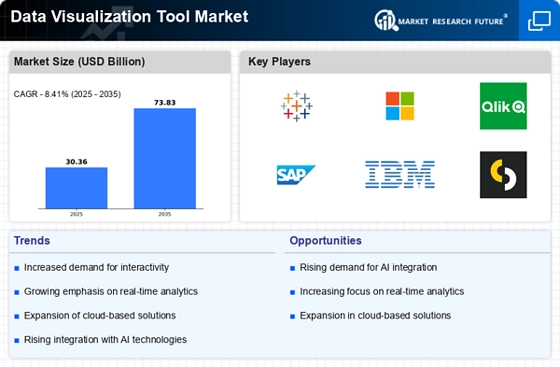
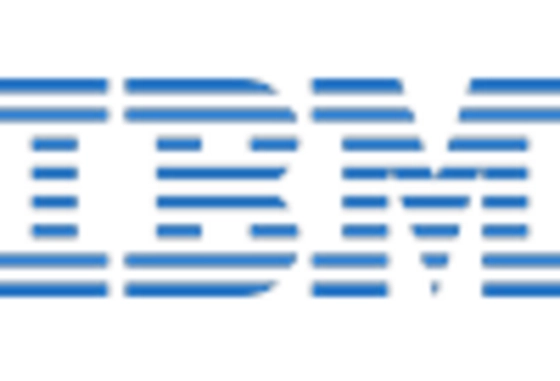
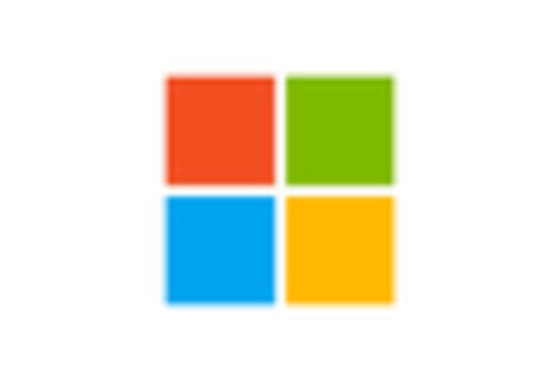
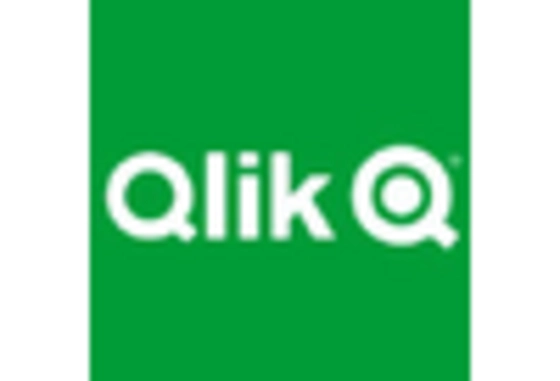
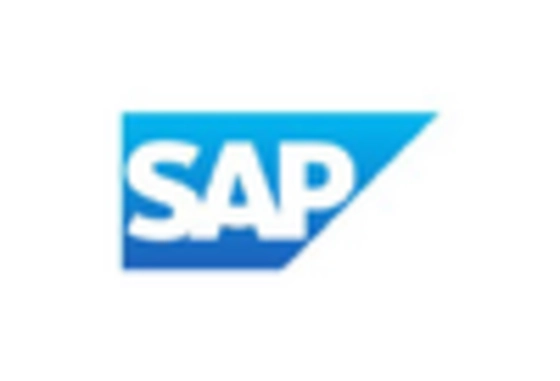

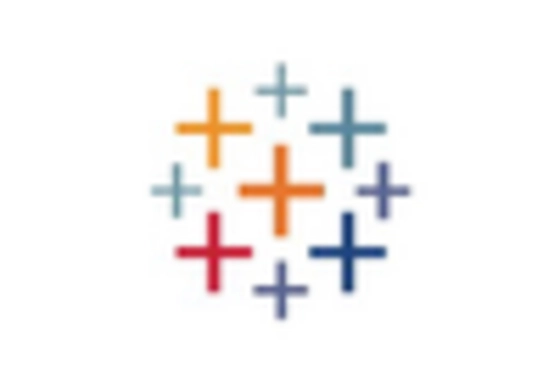








Leave a Comment